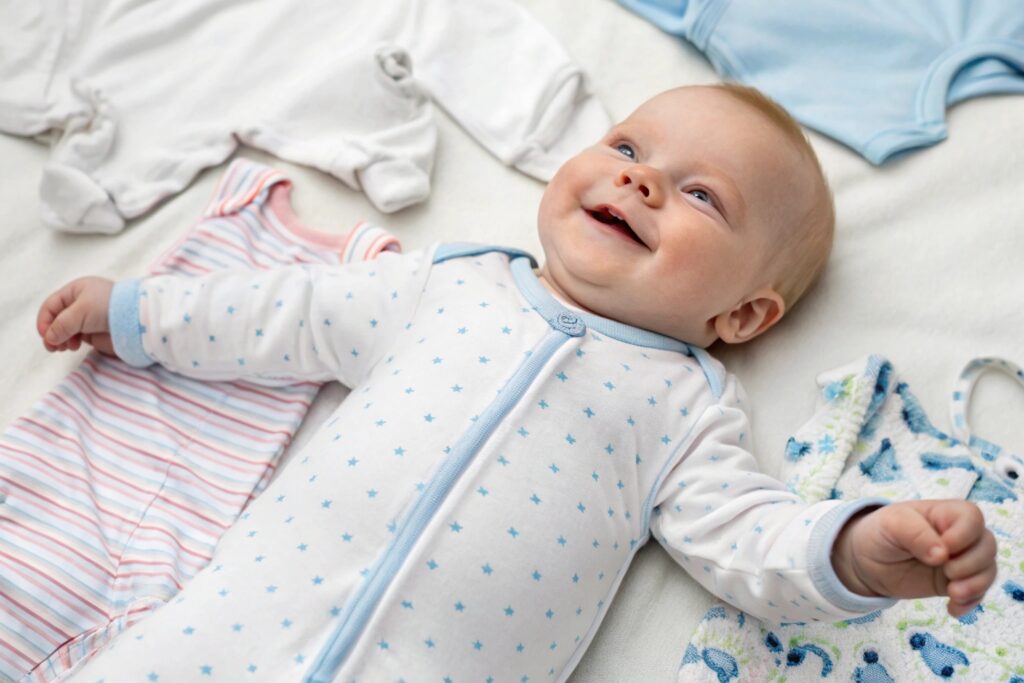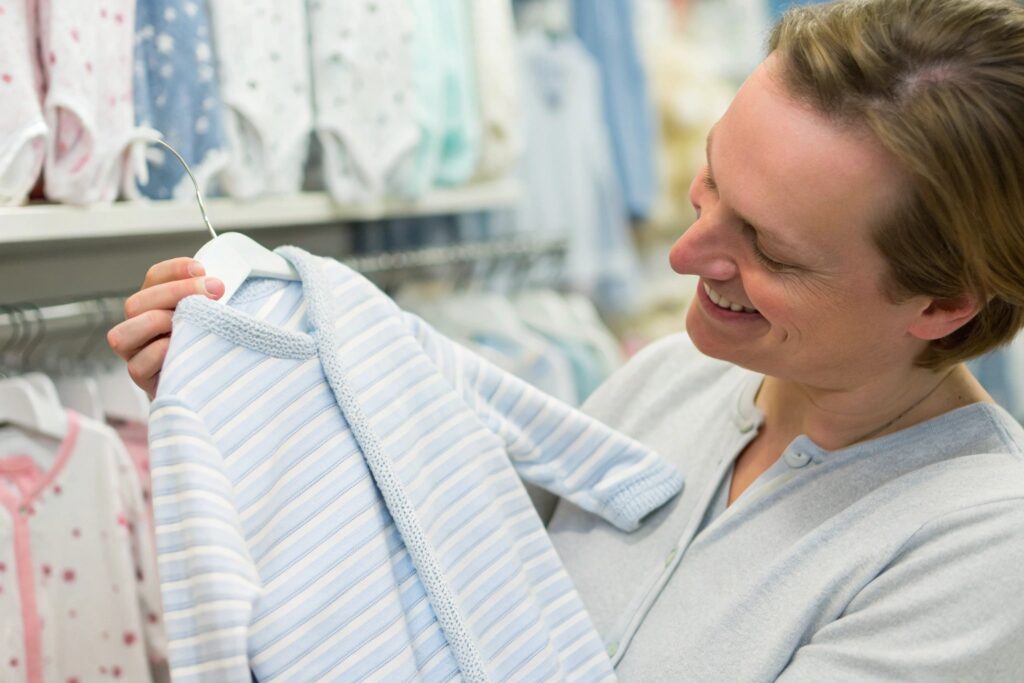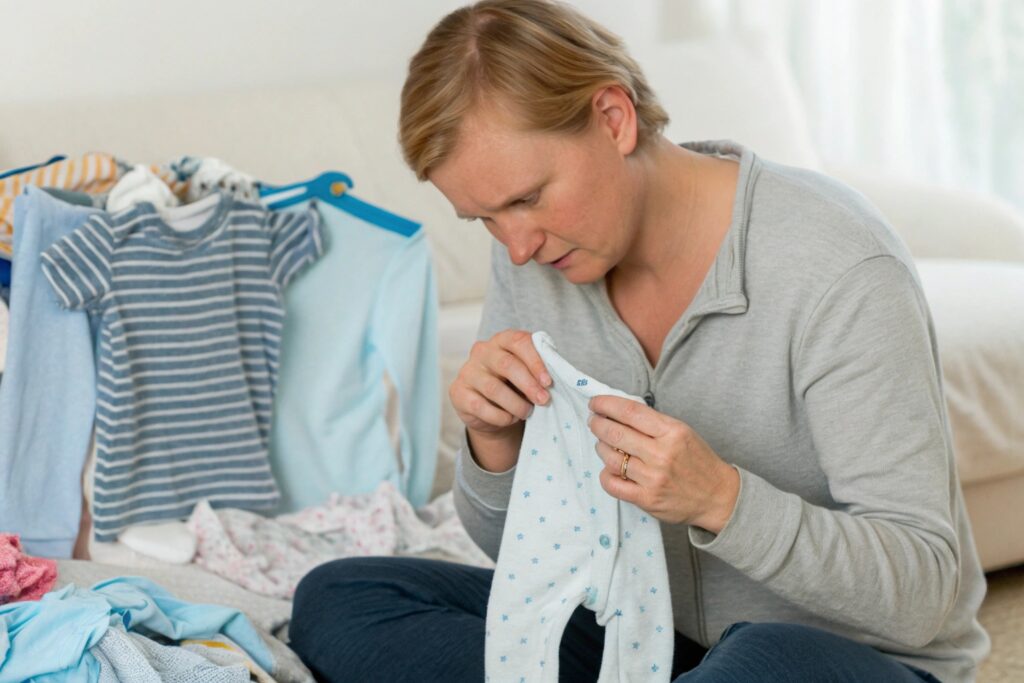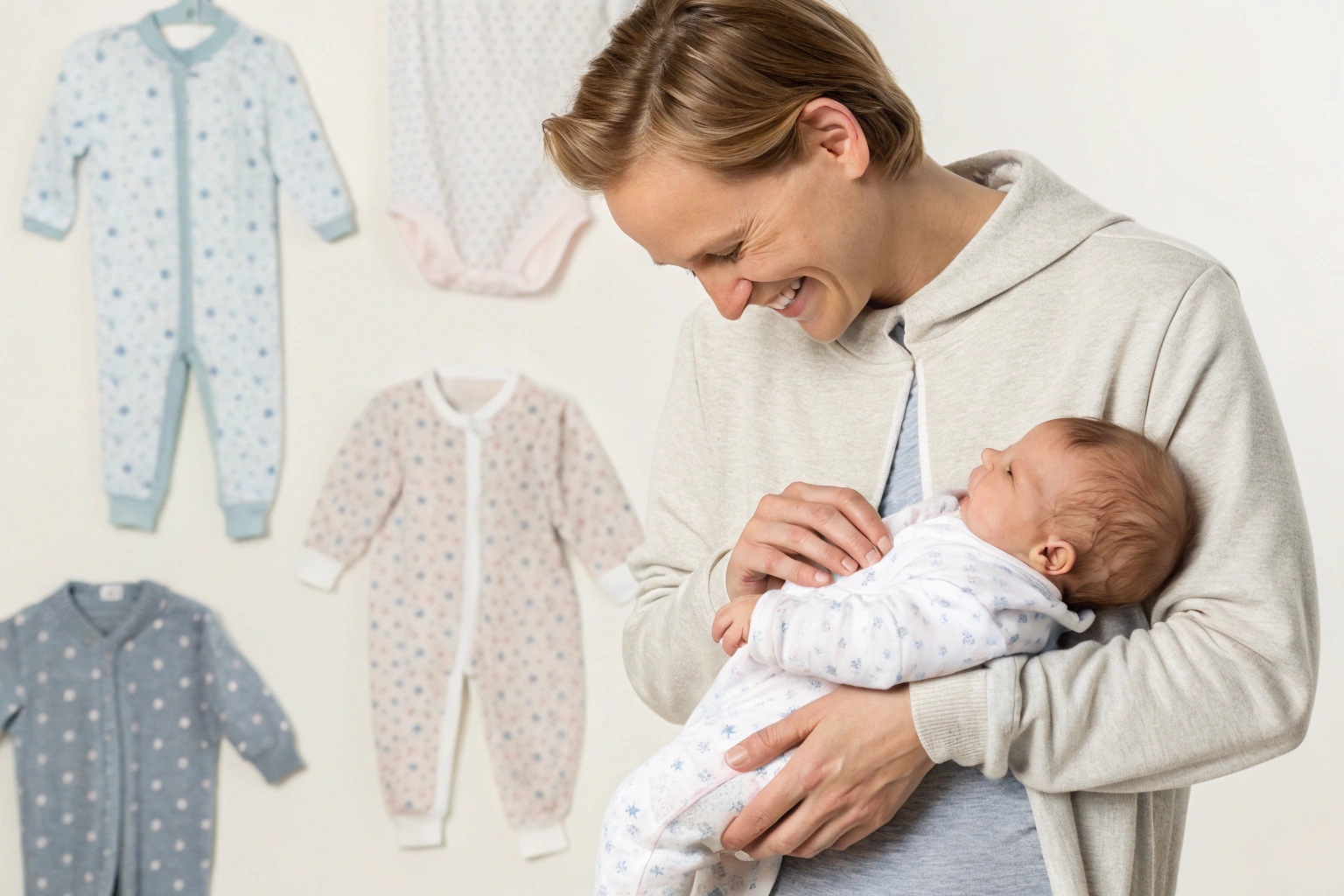In the competitive world of baby clothing, nothing earns a parent’s loyalty faster than garments that truly fit—and feel right from day one.
Babywear brands can win long-term trust by prioritizing perfect fit and lasting softness, which directly impact a parent's buying decisions and repeat purchases.
Let’s explore how fit, fabric feel, and feedback shape the best-performing babywear—and how brands can improve by listening and measuring.
Why Proper Fit Matters Most in Infant Clothing?
Babies can’t say when something’s too tight or too loose—but their comfort depends on how well clothes move, stretch, and stay in place.
A proper fit in babywear ensures comfort, freedom of movement, safety, and appearance—all critical to winning parent approval and reducing returns.

Key reasons fit matters in babywear:
| Fit Factor | Why It Matters for Babies |
|---|---|
| Neck and shoulder openings | Too tight = frustration or red marks |
| Length and crotch space | Impacts diaper room and comfort |
| Sleeve and leg fit | Allows natural stretching and crawling |
| Waistband flexibility | Prevents rolling or squeezing |
| True-to-age sizing | Reduces guesswork and returns |
Poor fit isn’t just an inconvenience—it can cause overheating, skin irritation, or limit mobility.
Top babywear brands use graded size specs across body types (e.g., slim, average, chubby builds) to ensure broader comfort.
How Softness and Comfort Drive Parental Loyalty?
No matter how cute the design, it’s the softness of the fabric that determines whether a parent will buy again—or move on to another brand.
Soft, skin-friendly fabrics build trust with parents by preventing irritation, promoting all-day comfort, and feeling safe enough for sleep, play, and cuddling.

How softness influences loyalty:
| Softness Feature | Parental Perception |
|---|---|
| Brushed cotton or bamboo | Feels premium and gentle |
| Tagless designs | Shows attention to baby skin care |
| Flat seams or inside-out stitching | Indicates advanced construction |
| Softness after washing | Proves long-term quality |
In reviews, “super soft” is one of the most cited reasons for 5-star babywear ratings.
At Fumao, we prioritize OEKO-TEX® and GOTS-certified fabrics, tested for pH balance and surface softness before production.
What Feedback Tells Us About Babywear Fit Issues?
The most helpful R&D tool for babywear brands? Honest reviews from parents after wash day, playtime, and naps.
Customer feedback reveals consistent fit issues—like neck holes that gape, legs that run short, or garments that shrink after one wash.

Real feedback themes across marketplaces:
| Common Complaint | What It Means |
|---|---|
| “Shrunk after first wash” | Fabric wasn’t pre-shrunk or sized generously |
| “Neck hole too tight” | Poor stretch or construction at collar |
| “Legs too short for age” | Inaccurate grading or fabric not stretchy |
| “Loose at shoulders” | Style design not optimized for movement |
| “Didn’t match the size chart” | Measurement inconsistency or unclear chart |
By categorizing and quantifying this feedback, brands can make smart decisions—like adjusting spec sheets, switching fabrics, or updating size charts.
Top performers use monthly feedback reports to refine styles and reduce return rates.
How to Use Sizing Data to Improve Product Design?
Sizing issues often stem from a mismatch between age labels and actual baby body measurements. The best brands know: one chart doesn’t fit all.
Using real-world sizing data—like growth percentiles, fit testing, and return reasons—helps babywear brands design more accurate, inclusive products.

Tools to collect and apply sizing data:
| Method | Benefit for Fit Improvement |
|---|---|
| Customer surveys | Insight on sizing by age, body type |
| Return reason tracking | Pinpoints fit problems quickly |
| In-house fit testing | Validates grading across age ranges |
| Data from online reviews | Trends show what works and what doesn’t |
| AI-powered size prediction | Supports better recommendations online |
Brands that size based on length and weight data (not just age) have fewer returns and higher customer confidence.
At Fumao, we use sample trials across newborn to 24M age groups to test real fit—and update grading rules based on buyer regions (e.g., U.S. vs. EU sizing expectations).
Conclusion
Better fit and softer feel aren’t just features—they’re what win trust in the babywear market. By listening to feedback, improving fabric choices, and refining sizing based on real babies, brands can deliver comfort and consistency that parents rely on again and again.










